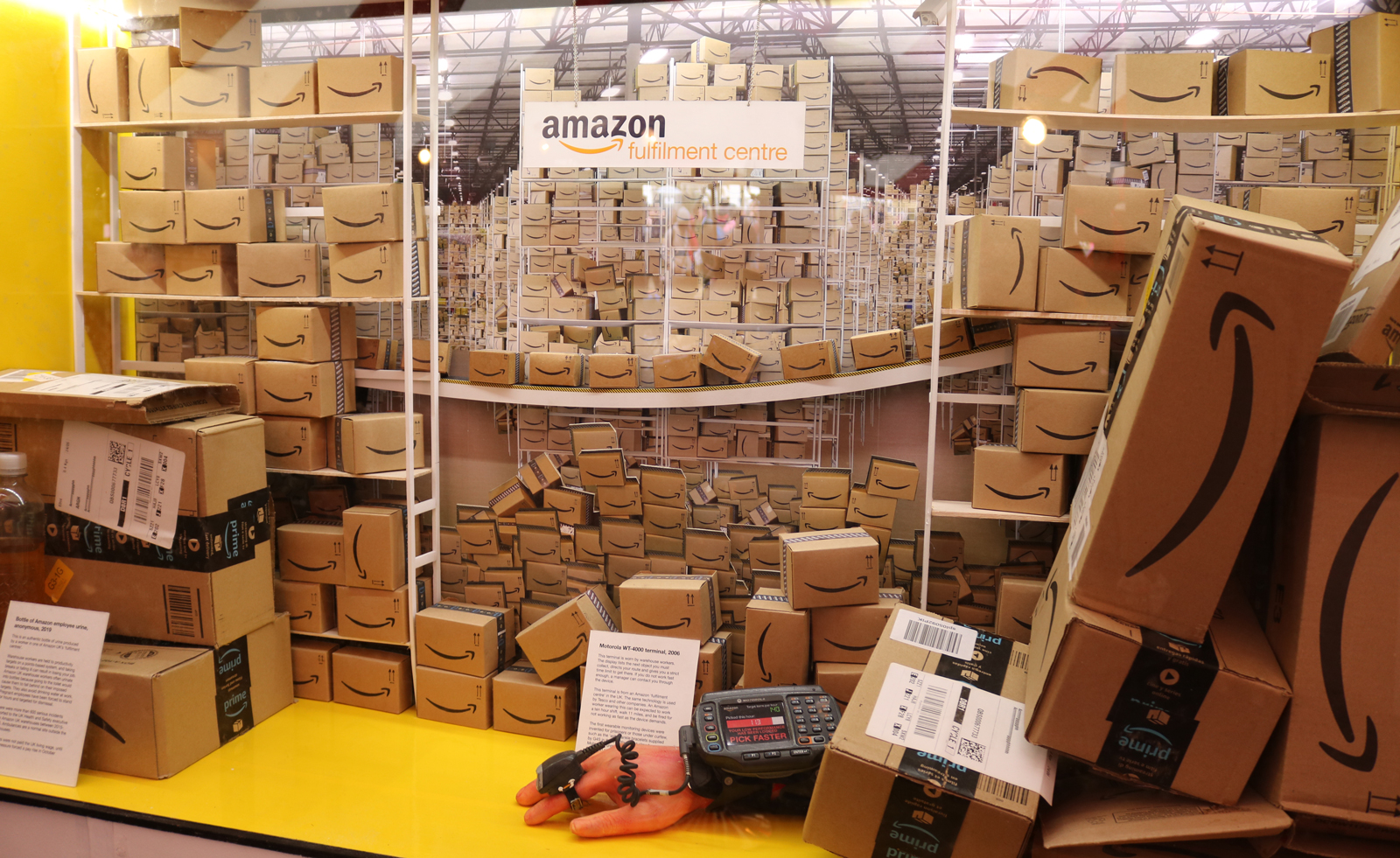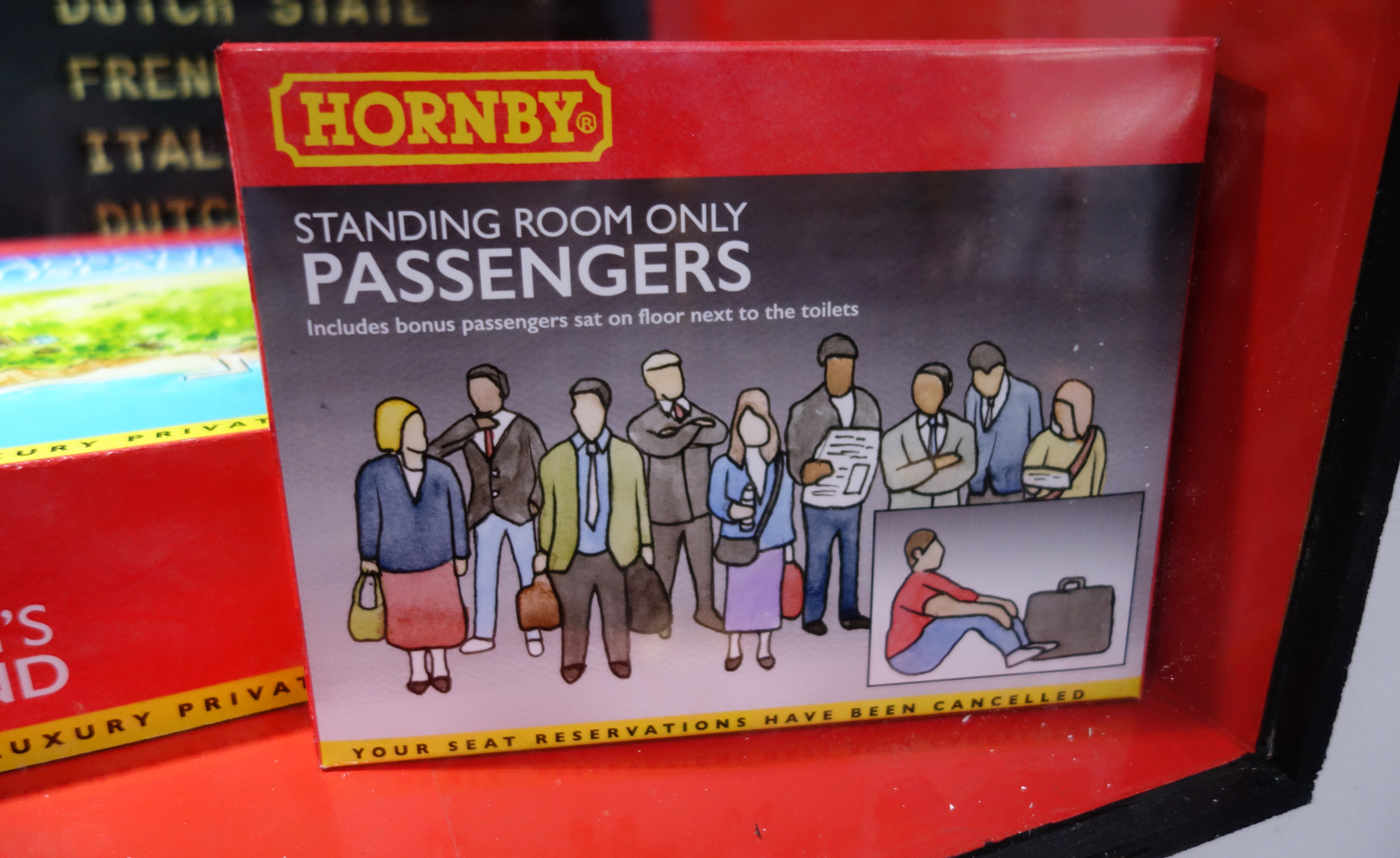The ironic demise of the Museum of Neoliberalism
London's cult anti-capitalist museum has just closed its doors in the cruellest way possible, paving the way for more property developer bulldozing

When it comes to arts venues, the Landlord doesn’t giveth, but just taketh away. It’s true that museums are relatively resilient compared to some, less protected, cultural spaces; but many still risk being made into mausoleums.
Since the millennium, nearly 500 of them have closed down in the UK and those that have survived have to contend with the risk of being mothballed or demolished. Mainly, due to cuts in funding from local authorities, waning visitor numbers and infrastructural issues. Or property developers with pound signs for pupils.
The latest cultural institution to face the wrecking ball is perhaps the most ironic yet. Last month marked the demise of The Museum of Neoliberalism, an independent gallery founded by satirist and artist Darren Cullen and curator and historian Gavin Grindon dedicated to displaying the evils of neoliberalism: the late-20th-century ideology prioritising free-market capitalism at the expense of everything else. It is – get ready for the sucker punchline – being turned into luxury flats.
It would be amusing if it wasn’t so depressing. “It's life imitating art. When you live in a dystopia, satire gets overtaken by reality,” Cullen says. He’s busy simultaneously packing away objects and prepping for a closing party.

But luckily for me, he hasn’t dismantled the museum yet, so I make my way around. It starts with a suspect-style string map connecting neoliberalism’s main culprits, from Hayek to Friedman. Next, there’s a set of (real) Scouts badges bizarrely sponsored by British brands including Marmite, Pombear and Shrek the Musical.
It leads onto a glitzy cabinet titled the “PFI Game” featuring rotating hospital commodities sold by private contractors to the NHS, including a single bottle of hand sanitiser with an eye-watering (and again, real) £20 price tag. Round the corner, there’s an Amazon diorama filled with miniature cardboard boxes, an electronic tag used in the unfulfilling fulfilment centres to track performance and a (again, again, real) bottle of a worker’s urine. The exhibit ends poignantly with a section of cladding taken from Grenfell Tower. All in all, it’s an acerbic reminder of neoliberalism’s nefarious foundations — and that small museums can pack a punch.
Cullen first had the idea in 2013. “David Cameron had announced a Margaret Thatcher museum and I thought it would be funny to do my own version. But I had no idea how to make a museum,” Cullen explains. He bumped into Grindon at Banksy’s art project Dismaland. Grindon had just done a Museum of Cruel Designs there and was keen to help with a new venture, but it went on the backburner.

But in 2019, the organisers of the Momentum conference in Brighton offered Cullen the opportunity to make an installation focusing on neoliberalism. Afterwards, Cullen wanted to continue it. “I began saying to people that it would be nice to find a semi-permanent space in London to use. Then I was like, hold on a minute. I do,” he laughs.
Next, came the curation of curios. “We had to find objects that would represent the ideology that weren’t boring,” he says. The key was reappropriating existing capitalist iconography. “A lot of my work is playing with existing graphic design and logos,” he says. But this time, it would look official. “We were borrowing the authority of museums to tell the story.”
The museum opened in the same year and visitors came in droves; it quickly became a cult institution among creatives and local activists. “You end up hearing such a breadth of people's experiences with neoliberalism,” he says, referencing the NHS workers and tower block residents he’s met along the way. And, the odd Thatcher fan who turned up thinking it was an ode, not a lament, to neoliberalism.

There have been a few other hitches. First, came the pandemic, and then things got darkly farcical when a food bank opened next door. Of course, Cullen’s gift shop – stacked with phoney toys, parody stickers and, as museum law decrees, custom pencils – also holds a certain irony, but is essential to funding the operation. “We shouldn't confuse commerce and capitalism,” he says.
Clutching a freshly-purchased vintage guide to beachcombing published by Shell, I ask Cullen about his next steps. Will a NeoMuseum of Neoliberalism open? Cullen says he’s keen to strike while the irony’s hot. “We're still wanting to do the Thatcher Museum somewhere in the North,” he says. But before Margaret, might come Margate; Cullen is considering moving the museum to the voguish seaside town.
Either way, the original museum will still survive. Its ashes are even being spread, sort of. “There's a German artist who contacted me saying he makes work out of dust and he's making a project about neoliberalism. So he's asked me to send some." And the new apartments will also act as a galling (but also gallows humour) reminder for those in the know who pass by. “The block of luxury flats will become its own museum of neoliberalism,” he laughs. Perhaps the Landlord has given us an arts venue, after all.
Receive our daily digest of inspiration, escapism and design stories from around the world direct to your inbox.

Kyle MacNeill is a freelance arts writer who contributes to publications including The Guardian, Financial Times and New York Times. He is interested in the study of objects, niche communities and fakeness.
-
 Usher opens up about breakfast playlists, banana pudding and why a glass tumbler is always on his rider
Usher opens up about breakfast playlists, banana pudding and why a glass tumbler is always on his riderOn the heels of a collaboration with Baccarat, the Grammy-winning singer-songwriter breaks down his entertaining tips. 'Hosting is an expression of how you feel about your guests and also who you are.'
-
 The beauty trends that will define 2026, from ultra-niche fragrances to anti-ageing dental care
The beauty trends that will define 2026, from ultra-niche fragrances to anti-ageing dental careAs we enter the new year, we speak to experts in fragrance, skincare, aesthetics, wellness and more about the trends that will be shaping the way we look
-
 The most stylish hotel debuts of 2025
The most stylish hotel debuts of 2025A Wallpaper* edit of this year’s defining hotel openings. Design-led stays to shape your next escape